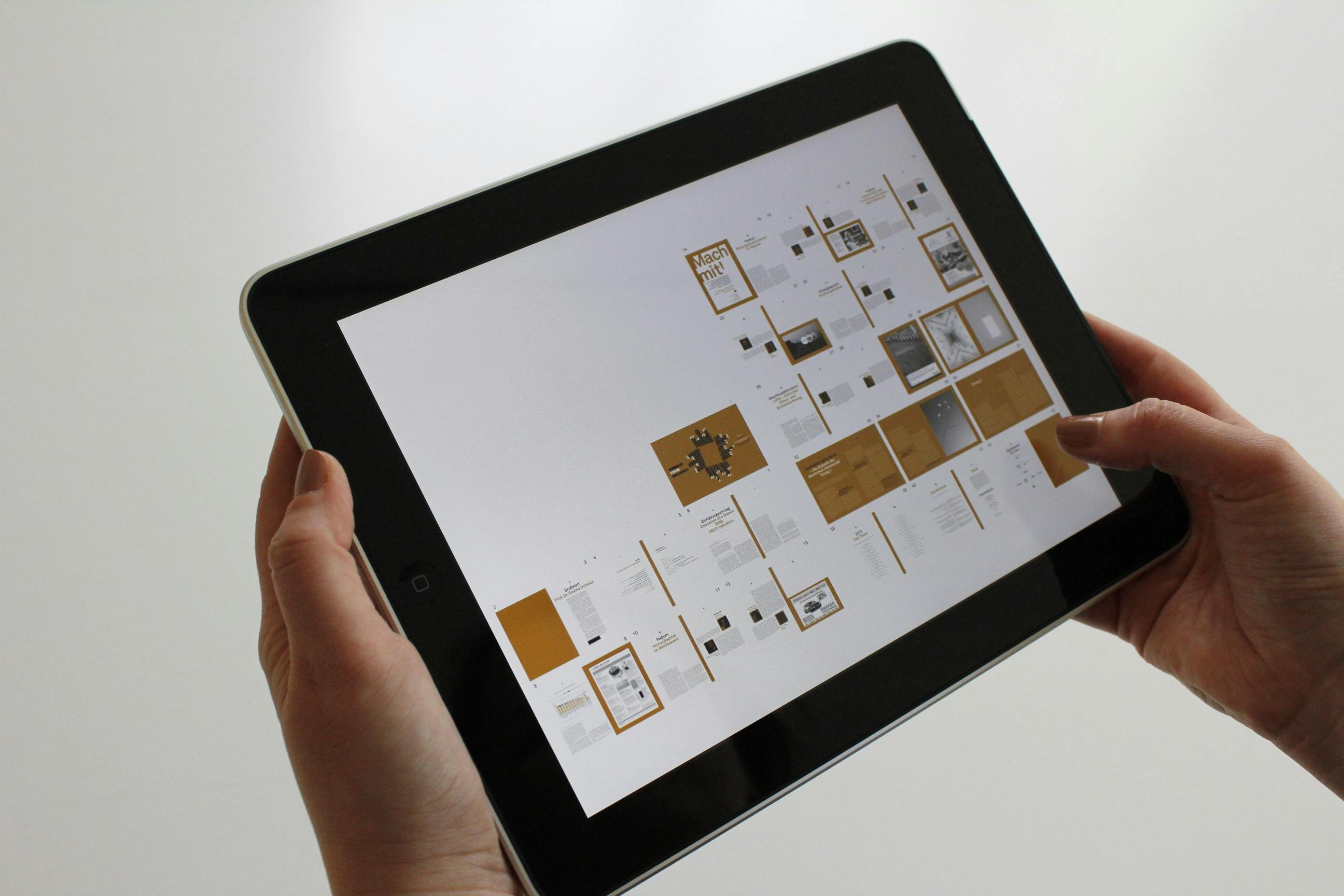Marketing is essential for any medical practice, but creating eye-catching designs can be challenging. Whether you need social media graphics, brochures, or website visuals, using the right design tools makes a big difference. Some tools are free, while others require a paid subscription. Both have benefits depending on your needs and budget. This guide will help you choose the best design tools to create high-quality medical marketing content that grabs attention and builds trust with patients.
Why Good Design Matters in Medical Marketing
Medical marketing isn’t just about sharing information—it’s about building trust and making a lasting impression. Clear, professional designs help your practice stand out. A well-designed website and social media presence make your practice look professional and reliable. Good visuals also help patients understand medical information quickly, making them feel more comfortable and informed. Engaging graphics improve interaction, leading to more likes, shares, and website visits.

When you use the right design tools, creating high-quality visuals becomes easier and more efficient.
Best Free Design Tools
You don’t have to spend money to create great designs. Many free tools offer high-quality templates and easy-to-use features.
Canva (Best for Beginners)
Canva is perfect for those who want to create professional designs without advanced skills. Its drag-and-drop features make designing easy, and it offers thousands of free medical-themed templates. You can design social media posts, flyers, and presentations quickly. While it has premium options, the free version provides enough tools to create high-quality visuals.
Adobe Express (Best for Quick Edits)
Adobe Express is a simple yet powerful tool that lets you edit photos, create graphics, and add text animations. It is ideal for resizing designs for different platforms and comes with free templates and fonts. This tool works well for creating Instagram posts, Facebook ads, and quick graphics without much effort.

Pixlr (Best for Photo Editing)
Pixlr is a great free alternative to Photoshop for editing images. It allows you to remove backgrounds, adjust lighting, and add effects. Since it works in your browser, there’s no need for downloads. It’s an excellent choice for doctors or clinics that need to edit photos for marketing materials without spending money.
Best Paid Design Tools
If you want more advanced features and professional-quality graphics, paid tools are a great investment.
Adobe Photoshop (Best for Professional Editing)
Adobe Photoshop is the gold standard for editing images and creating high-quality designs. It allows you to edit medical images, create infographics, and enhance marketing visuals. Advanced tools for color correction and special effects make it ideal for professionals or large medical groups that want full control over their designs.
Adobe Illustrator (Best for Logos & Icons)
Adobe Illustrator is perfect for creating logos, icons, and vector graphics.

It helps design high-quality medical branding materials and professional infographics for patient education. Since vector designs don’t lose quality when resized, this tool is best for practices that need unique logos or detailed medical illustrations.
Figma (Best for Team Collaboration)
Figma is a cloud-based design tool that allows teams to work on projects together in real time. It works in a browser, eliminating the need for downloads. This makes it a great option for designing websites, social media posts, and presentations. Doctors, marketers, and designers can collaborate easily, making the workflow smoother and more efficient.
How to Choose the Right Tool
Picking the best design tool depends on your needs, experience level, and budget. Free tools work well for beginners and small practices that need quick, professional-looking designs. Canva and Adobe Express provide easy-to-use templates, allowing users to create marketing materials within minutes. These tools are also great for those without advanced design skills, as they offer drag-and-drop features and simple editing options.

Medical practices with limited marketing budgets can still produce high-quality visuals using free tools that include stock photos, icons, and pre-made layouts designed by professionals. However, if you need high-quality, custom designs, paid tools like Adobe Photoshop and Illustrator provide more control and customization. These tools are ideal for creating detailed marketing materials from scratch and ensuring a unique brand identity.
If you work with a marketing team that needs collaboration features, Figma and Adobe Creative Cloud are excellent choices. These tools allow multiple people to edit and share projects in real time, helping teams stay organized and efficient. The right tool depends on how much control you need over your designs and how much time and money you're willing to invest.
Creating medical marketing content doesn’t have to be complicated. Whether you use free tools like Canva or paid software like Photoshop, the right tool makes a big difference.

Start with free options, then upgrade as your needs grow. With good design, your practice can attract more patients, build trust, and stand out in the medical field.
 Add Row
Add Row  Add
Add 




Write A Comment